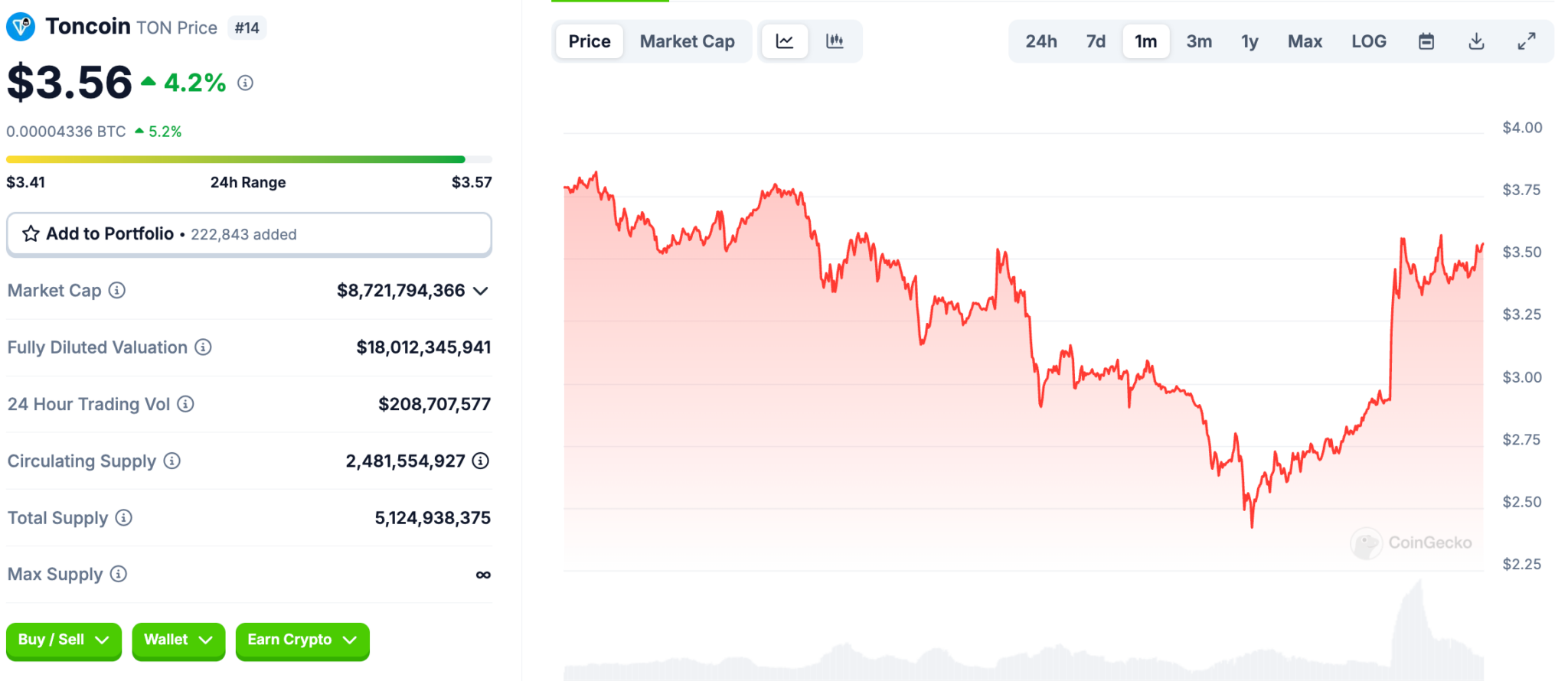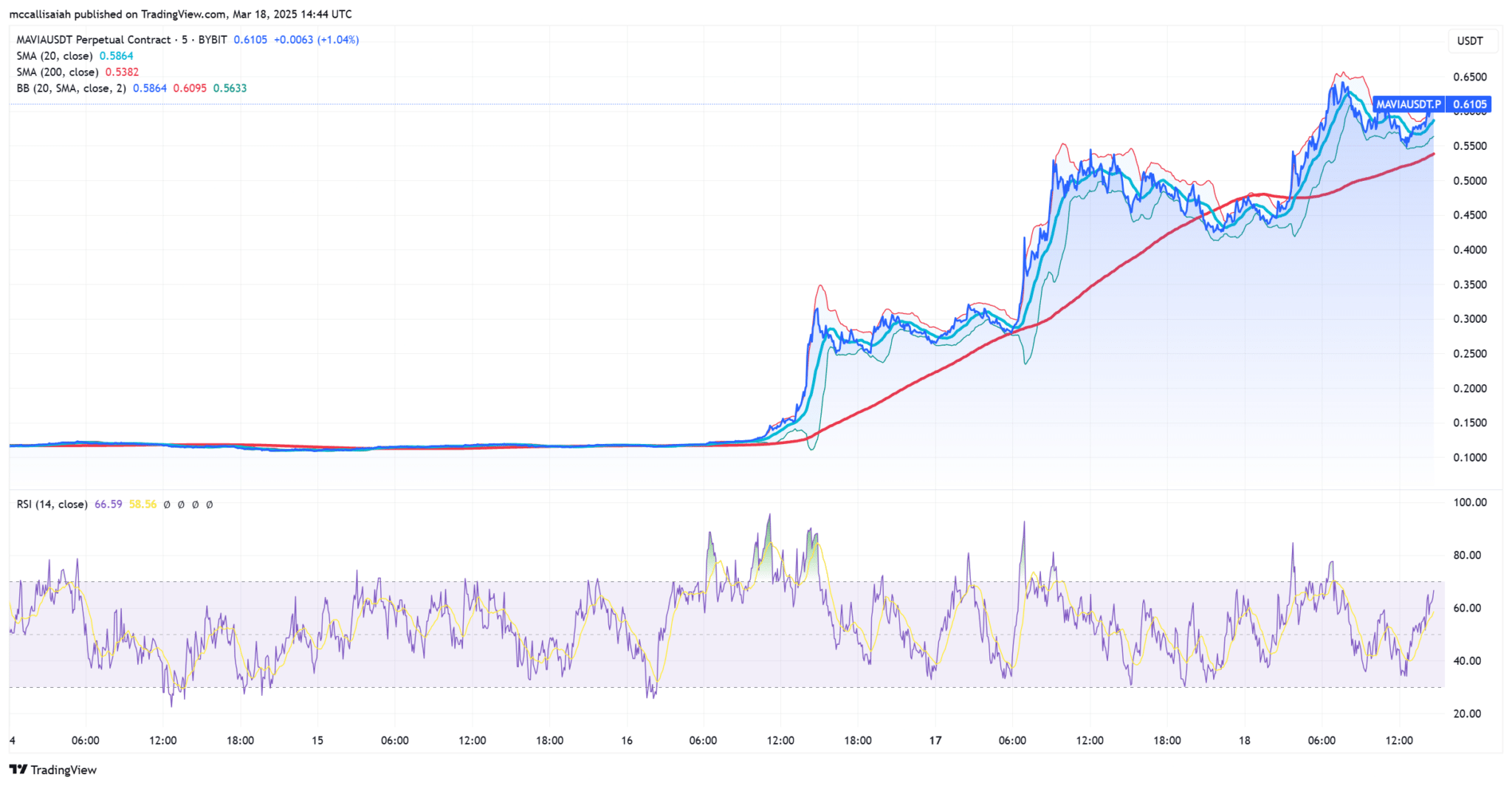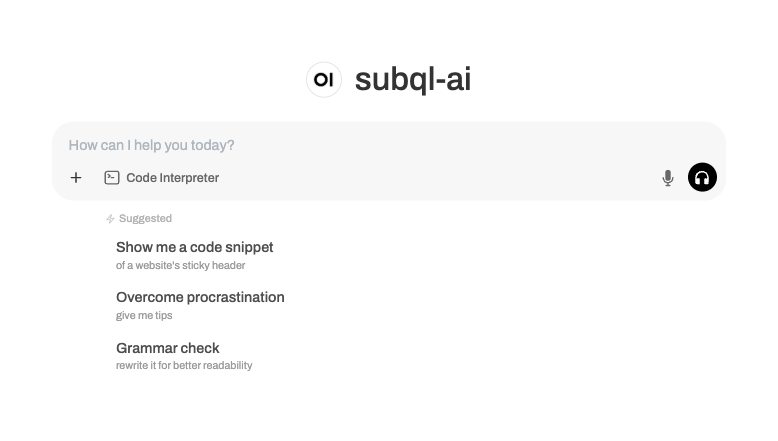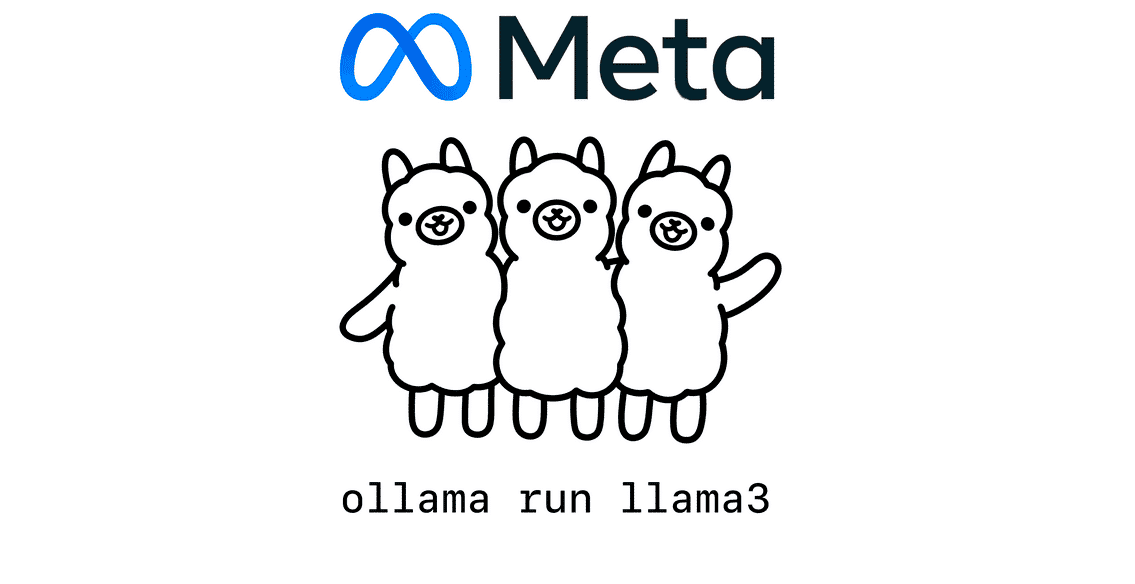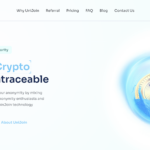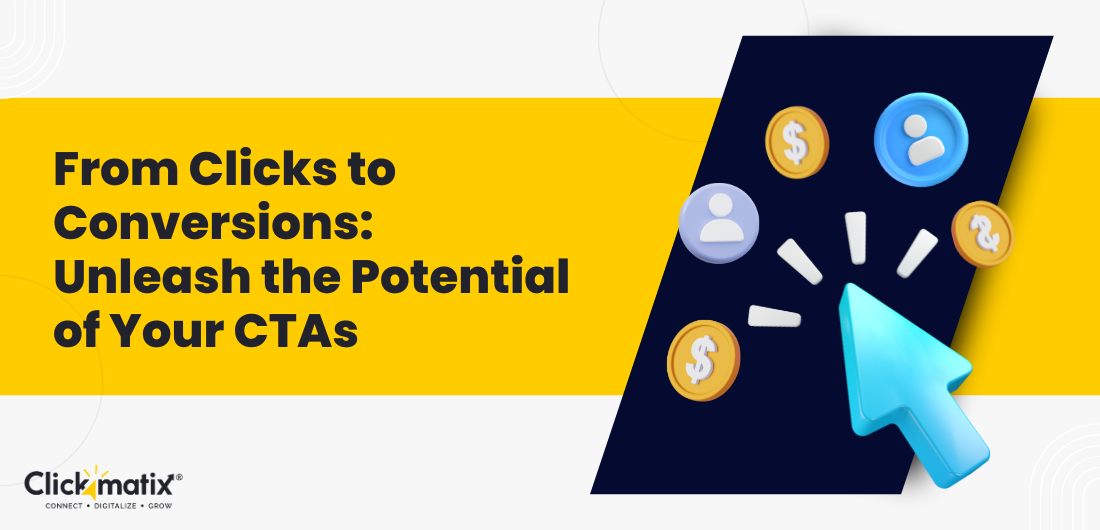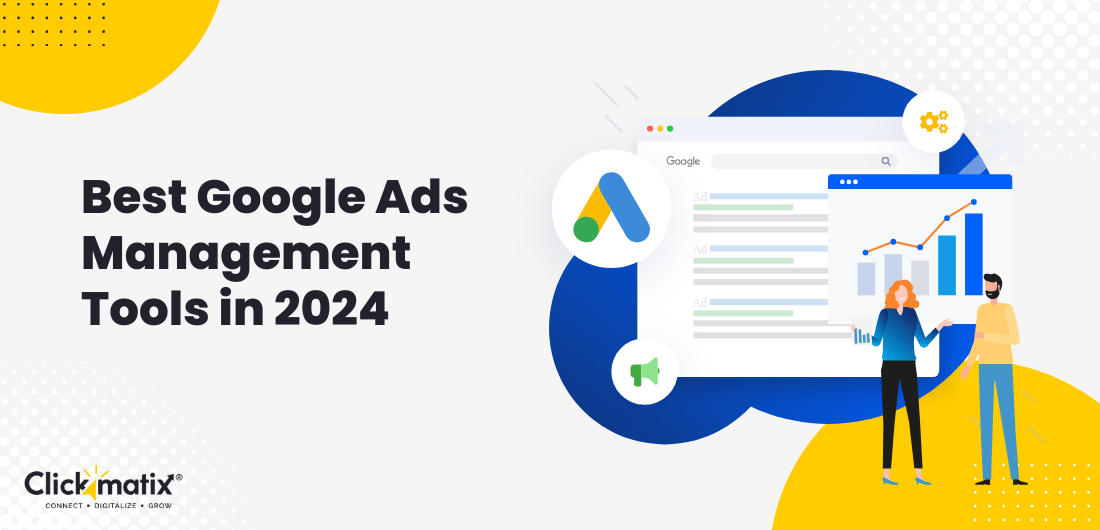Mastering Google Ads: Leveraging Search Audiences to Optimise Campaign Costs
The online advertising world is now no less than a battlefield. To win, you need to target your ideal customers with laser precision. Here, Google Ads offers a powerful weapon: search audiences. But here’s the catch: while Google Ads lets you reach a vast audience with super-specific targeting, it can be a double-edged sword. Without […]
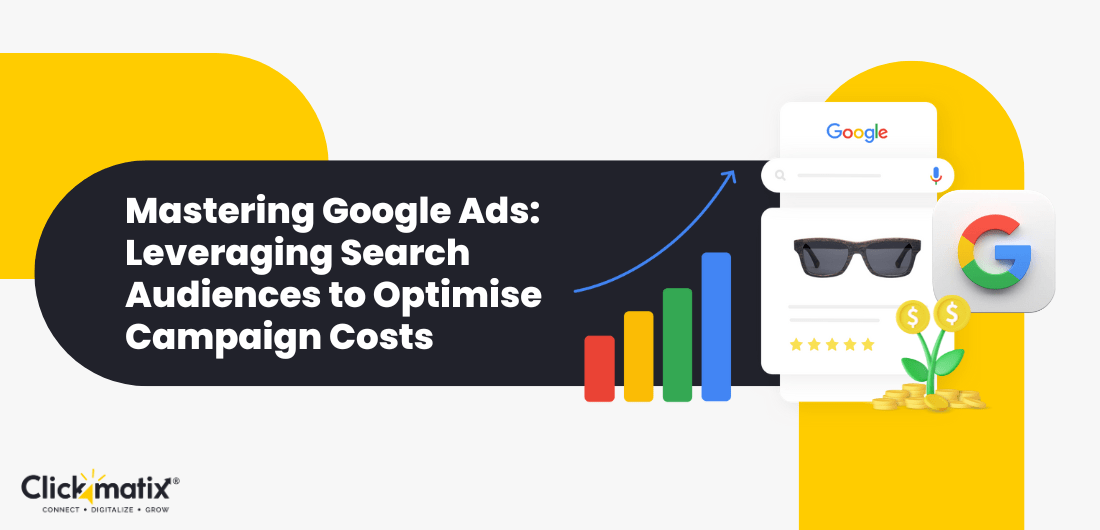
The online advertising world is now no less than a battlefield. To win, you need to target your ideal customers with laser precision. Here, Google Ads offers a powerful weapon: search audiences.
But here’s the catch: while Google Ads lets you reach a vast audience with super-specific targeting, it can be a double-edged sword. Without a plan, you can end up blowing your budget and getting disappointing results.
Don’t worry! This guide will be your roadmap to mastering search audiences in Google Ads. We’ll show you why they matter, how to use them, and how to optimise them for maximum impact. Before learning how to slash costs and soar your ROI with Google Ads’ search audience, let’s understand:
Importance of Targeting the Right Audience in Google Ads:
Effective audience targeting lies at the heart of successful Google Ads campaigns. By honing in on the individuals most likely to engage with your ads, you can minimise wasteful ad spend and amplify the impact of your marketing efforts. Without precise audience targeting, advertisers risk squandering resources on irrelevant impressions, resulting in inflated costs and diminished campaign performance.
Overview of How Search Audiences Can Impact Advertising Costs:
Search audiences play a pivotal role in influencing advertising costs within the Google Ads ecosystem. By segmenting users based on their search behaviour, demographics, and interests, advertisers can tailor their campaigns to resonate with specific audience segments, thereby increasing relevance and driving down costs. Leveraging search audiences enables advertisers to bid more competitively for ad placements, as they target users who are actively searching for products or services related to their offerings.
Definition of Search Audiences in Google Ads:
Search audiences refer to predefined or custom audience segments within Google Ads based on users’ search behaviour, browsing history, demographics, and other relevant criteria. These audiences allow advertisers to target their ads to specific groups of users who are more likely to be interested in their offerings, thereby enhancing ad relevance and improving campaign performance.
Different Types of Search Audiences:
Google Ads offers various types of search audiences, each tailored to different stages of the customer journey and levels of intent. These include:
-
In-Market Audiences:
In-market audiences consist of users who have demonstrated a high propensity to purchase or engage with products or services similar to yours. By targeting in-market audiences, advertisers can reach users who are actively researching or considering purchasing within their respective verticals.
-
Custom Audiences:
Custom audiences are created based on criteria specified by the advertiser, such as website visitors, email subscribers, or users who have interacted with their brand in some capacity. These audiences allow advertisers to retarget previous visitors or engage with users who have already shown interest in their offerings.
Benefits of Using Search Audiences:
-
Lowering Cost-Per-Click (CPC):
By targeting relevant audiences who are more likely to engage with your ads, advertisers can reduce their CPCs and stretch their advertising budgets further. When ads are served to users with high purchase intent, competition for ad placements decreases, resulting in lower bid prices and improved cost efficiency.
-
Increasing Click-Through Rates (CTR) and Conversion Rates:
Targeting the right audience segments can significantly enhance CTRs and conversion rates, as ads are more likely to resonate with users actively seeking the advertised products or services. By delivering tailored messaging to specific audience segments, advertisers can drive higher engagement and conversion rates.
-
Identifying Your Target Audience:
Search Audiences cut wasted ad spend by pinpointing your ideal customer. It analyses demographics, interests, and online behavior to craft targeted ads that resonate, leading to more conversions and less money wasted on irrelevant clicks. With Search Audiences, you can reach the right people at the right time, lowering costs and maximising success.
-
Conducting Audience Research and Analysis:
Advertisers should leverage tools such as Google Analytics, market research reports, and customer surveys to gain insights into their target audience’s demographics, interests, and online behaviour.
-
Creating Buyer Personas:
Developing detailed buyer personas can help advertisers understand their target audience’s motivations, pain points, and purchase behaviours. By segmenting their audience into distinct personas, advertisers can tailor their messaging and targeting strategies to better resonate with each segment.
Creating Search Audiences in Google Ads:
- Navigate to your Google Ads account’s “Audiences” tab.
- Click on the “+ Audience” button to create a new audience.
- Choose the type of audience you wish to create (e.g., in-market audience, custom audience).
- Define the audience parameters based on criteria such as demographics, interests, and behaviour.
- Save your audience settings and apply them to relevant campaigns or ad groups.
Tips for Selecting the Right Audience Parameters:
Unlock Audience Insights
-
Start Broad, Refine Later:
Launch with broad audience segments based on demographics or general interests. As your campaign accumulates data, leverage these insights to refine your targeting criteria progressively. This iterative process ensures you capture a wider audience initially while enabling data-driven optimisation later.
-
Observation Layering in Action:
Utilise observation audiences to gain valuable insights without restricting your overall reach. This involves adding audience segments as layers within your campaigns. Here’s a breakdown of the benefits.
-
Unbiased Performance Data:
By observing audience segments, you gather unbiased performance metrics for each group. This allows you to compare how different demographics or interest groups interact with your campaigns.
-
Data-Driven Bidding:
Leverage the insights from observation to adjust bids strategically. For instance, if a specific audience segment consistently yields a cost-per-acquisition (CPA) below your target, consider increasing your bids for that group to capture more conversions. Conversely, segments exceeding your target CPA might warrant a bid decrease.
Technical considerations:
-
Compatible Bidding Strategies:
Observation audience bid adjustments are only available with manual bidding or enhanced CPC strategies. Other strategies, like Target CPA or Maximise Conversions, will ignore these adjustments.
-
Exclusions Beyond Bidding:
While some bid strategies don’t allow bid modifiers, they still permit audience exclusions. This allows you to remove segments that are consistently underperforming from your campaigns entirely.
-
Identifying High/Low Performers:
Observation helps you pinpoint audience segments with exceptional or underwhelming performance. This information can be crucial for:
-
Campaign Segmentation:
High-performing segments might justify creating dedicated campaigns with more granular control. This allows for tailored messaging and bidding strategies specific to that audience.
-
Audience Exclusion:
Segments consistently underperforming can be excluded from your campaigns altogether, focusing your resources on more receptive audiences.
Targeting and Remarketing Lists for Search Ads (RLSA)
-
Targeting for Laser-Sharp Focus:
Transition audiences from observation to targeting mode to concentrate your campaigns solely on those segments. This excludes all other users, ensuring your ads reach a highly relevant audience.
-
Minimum Audience Requirements:
Be mindful of the minimum audience size requirement of 1,000 active users within the last 30 days. If your segments fall below this threshold, consider sticking with observation audiences until you build a larger audience pool.
By strategically combining observation audiences, targeting, and RLSA, you can craft powerful search audiences in Google Ads, maximising campaign effectiveness and driving superior results.
Optimising Ad Campaigns with Search Audiences:
-
Tailoring Ad Messaging:
Craft compelling ad copy and creative assets that speak directly to the interests and needs of your target audience segments. By addressing specific pain points and offering relevant solutions, advertisers can increase engagement and drive conversions.
-
A/B Testing Audience Segments:
Experiment with different audience segments and targeting parameters to identify which combinations yield the best results. By conducting A/B tests, advertisers can refine their audience targeting strategies and optimise campaign performance over time.
Monitoring and Analysing Performance:
Google Ads Metrics to Analyse Your Audience Targeting:
-
Focus on Key Metrics:
Identify metrics that directly reflect audience relevance and conversion potential. Here are some crucial ones to track:
-
Click-Through Rate (CTR):
A consistently low CTR for a specific audience segment might indicate a mismatch between the audience and your ad message. Analyse CTR to see if your ad resonates with your target audience.
-
Conversion Rate:
Track the percentage of users who click your ad and complete a desired action (e.g., purchase, signup). Analyse conversion rates by audience segment to identify high-converting and underperforming groups.
-
Cost-per-conversion (CPC):
Track how much you pay for each conversion within a particular audience segment. Ideally, high-converting audiences should have lower CPCs than lower-converting segments.
Analyse Performance Data and Make Adjustments:
-
Schedule Regular Reviews:
Set a recurring schedule to analyse your audience targeting performance. Weekly or bi-weekly reviews are recommended, especially during campaign launches or significant changes.
-
Segment Performance by Audience:
Utilise audience reports within Google Ads to see how different audience segments perform in terms of clicks, conversions, and cost.
-
Identify Underperforming Segments:
Look for audience segments with consistently low CTRs, conversion rates, or high CPCs compared to overall campaign averages.
-
Take Actionable Steps:
Based on your analysis, make adjustments to.
-
Refine Audience Targeting:
Narrow or broaden your audience segments using demographics, interests, in-market audiences, or custom segments to target users with a higher propensity to convert.
-
Optimise Ad Messaging:
Tailor your ad copy and creatives to resonate better with specific audience segments and their needs. Highlight relevant benefits and address their pain points.
-
Adjust Bidding Strategies:
Consider increasing bids for high-performing segments to maximise their reach and conversions. Conversely, you might decrease bids or even exclude low-performing segments to focus your budget on more relevant audiences.
Continuously Improve Through Monitoring and Iteration:
-
Don’t Set and Forget It:
Optimising audience targeting is an ongoing process. Regularly monitor performance, make data-driven adjustments, and test different audience combinations to find the sweet spot that delivers the best results for your campaigns.
-
A/B Testing:
Implement A/B testing for ad copy, landing pages, and audience segments to see which variations resonate best with specific audience profiles.
-
Embrace Automation:
Utilise Google Ads automated bidding strategies like “Target CPA” or “Maximise Conversions” to optimise bids based on your conversion goals and audience targeting. However, regular monitoring is still crucial.
How Can You Use Search Audiences?
Observation Layers for Audience Insights
In observation layering, you create separate audience segments within your campaign structure. These segments function primarily for data collection, not direct ad targeting. They act as “observation layers” where you can monitor and analyse the behaviour of specific user groups without restricting the reach of your main campaign.
Benefits:
-
Gain Deeper Audience Understanding:
By isolating specific segments, you can directly observe their click-through rates (CTR), conversion rates, and other key metrics independently. This granularity helps you identify high-performing and underperforming audience segments, allowing for targeted optimisations.
-
Make Data-Driven Targeting Adjustments:
Analyse the observed data to refine your core targeting strategies. You can identify demographics, interests, or website behaviours that correlate strongly with conversions and then prioritise those within your main targeting settings.
Implementation:
-
Platform:
Leverage observation audience functionalities offered by most major advertising platforms. You can achieve this within the Google Ads platform by utilising “observation audiences” within your campaign settings.
-
Segment Your Audience:
Define clear criteria for each observation segment. This could involve demographics, past website interactions, purchase history, or other relevant data points.
Remarketing with RLSA for Enhanced Conversions
RLSA (Remarketing Lists for Search Ads): This powerful Google Ads feature allows you to tailor your search ads and bidding strategies specifically for users who have already interacted with your brand in some way. This re-engagement strategy leverages past user behaviour to improve the relevance and effectiveness of your ads.
Technical Aspects:
-
Build Remarketing Lists:
RLSA relies on creating audience lists based on user interactions on your website or app. These interactions can include page views, product interactions, or past purchases. You can leverage website tags or Google Analytics data to populate these lists.
-
Target Your Campaigns:
Within your search campaigns, you can utilise RLSA lists to adjust bids for users on those lists. This allows you to increase bids for high-value segments that are more likely to convert, maximising your return on ad spend (ROAS).
-
Customise Your Ads:
Personalise your ad copy and landing pages for users on RLSA lists. By highlighting previous interactions or referencing past browsing behaviour, you can create a more relevant and compelling ad experience, leading to higher conversion rates.
Combined Impact:
Observation Layering and RLSA work synergistically. Observation layering helps you identify high-value audience segments, while RLSA allows you to target and re-engage those segments with laser focus. This combination can significantly improve your campaign performance and drive more conversions.
Effective audience targeting is essential for driving cost-efficient and impactful advertising campaigns. By harnessing the power of search audiences in Google Ads management, advertisers can lower costs, increase engagement, and maximise ROI.
From identifying target audiences to optimising campaign performance, mastering search audience targeting can unlock new opportunities for success in online advertising. By implementing the strategies outlined in this guide, advertisers can elevate their Google Ads campaigns to new heights and achieve their marketing objectives with precision and efficiency.
What's Your Reaction?









![13 YouTube Description Templates That Have Helped Our Videos Go Viral [+ Examples]](https://www.hubspot.com/hubfs/youtube-description-template_8.webp)







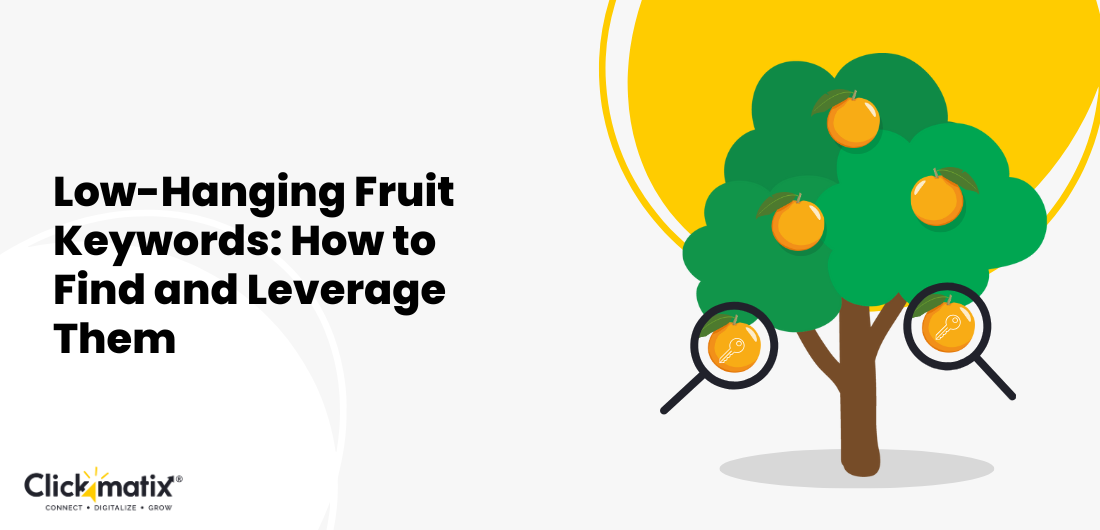




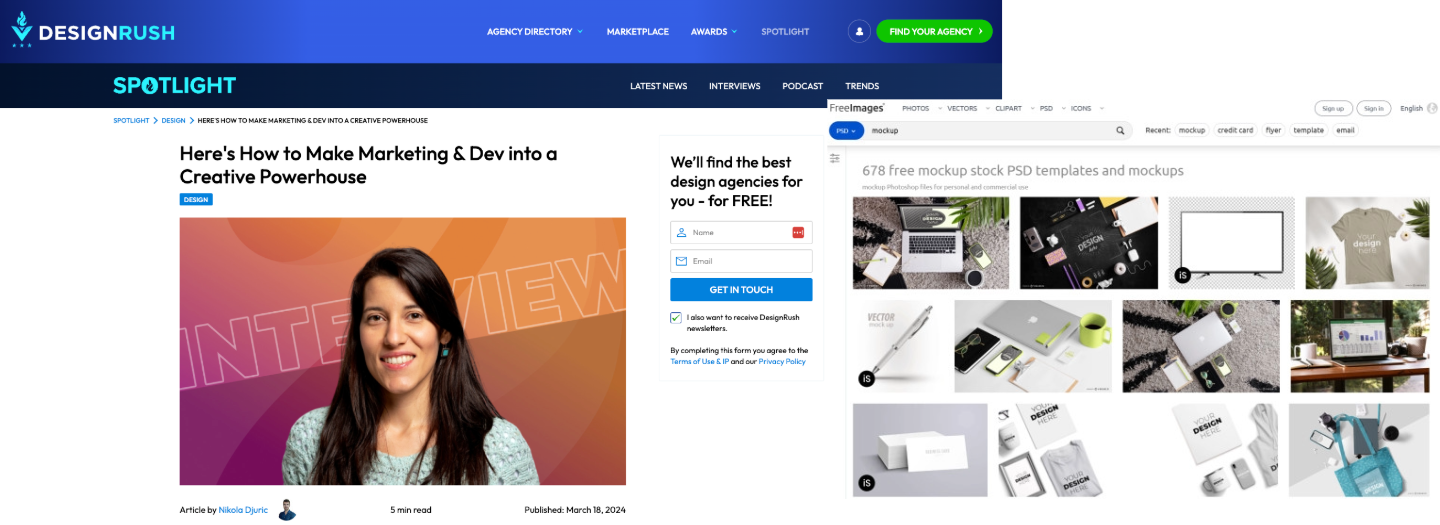

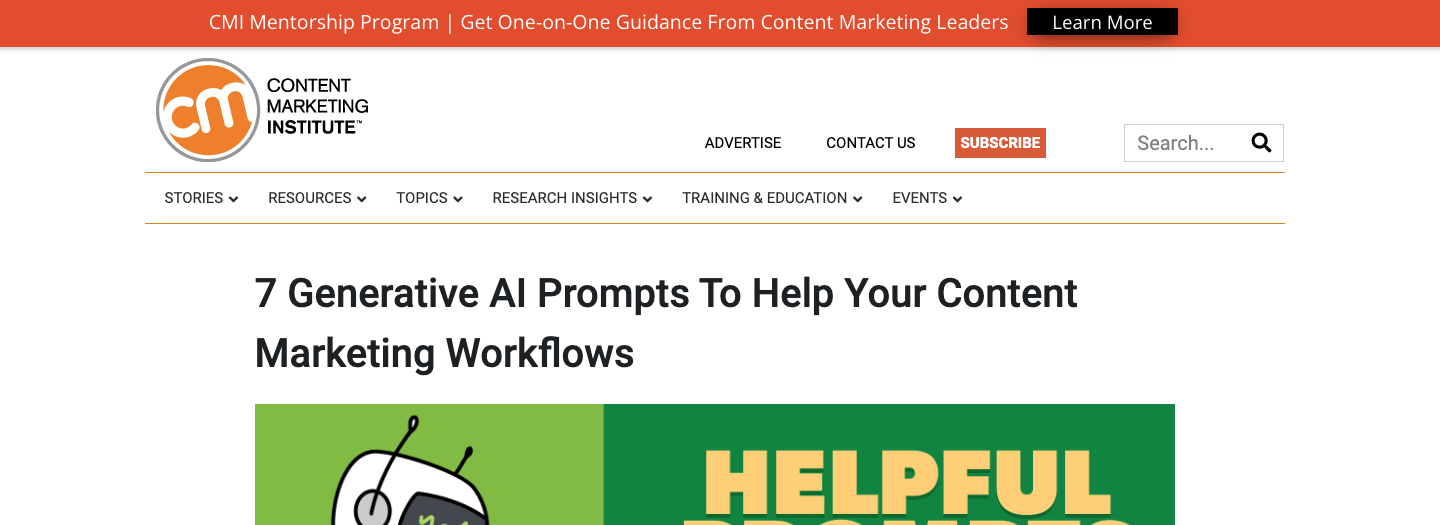
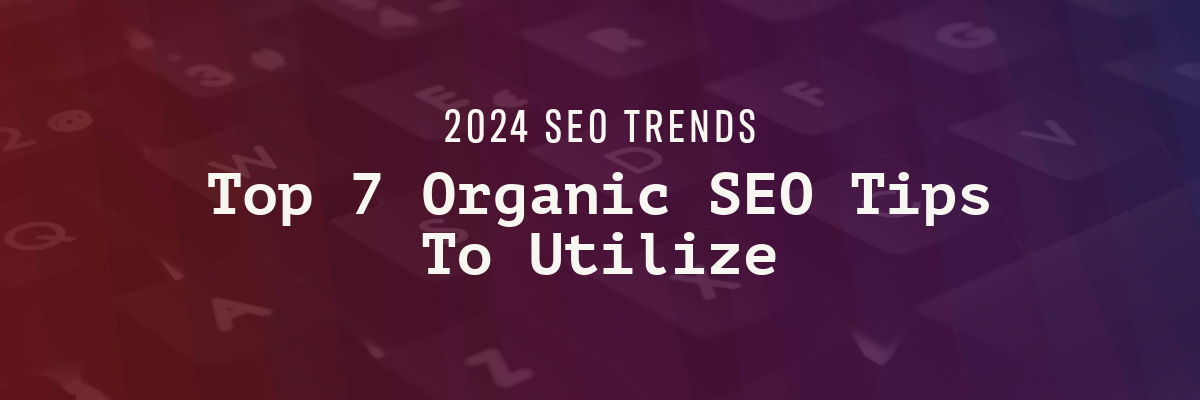















.png)









